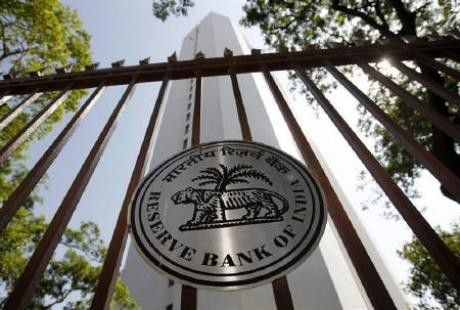Macquarie Cuts India’s GDP Growth Forecast While Brokerages Cast Doubts On India’s Banks

Macquarie, a global financial services company, on Thursday, sharply lowered its forecast for India’s economic growth for the fiscal year ending March 2014 to 5.3 percent of gross domestic product, or GDP, from 6.2 percent, citing capital outflows, a depreciating rupee and sluggish policy reforms.
The move came soon after Bank of America-Merrill Lynch, on Tuesday, cut India’s growth forecast for the same period to 5.5 percent from 5.8 percent and the Reserve Bank of India, or RBI, on Monday, announced measures making borrowing of money from the central bank costlier in order to curb speculation in the currency market that has been weighing down the rupee.
“India's macro environment is at a crossroads, facing head winds from sharp capital outflows, rupee depreciation and high cost of capital, which can possibly reverse the gains realized on macro stability indicators like inflation, current account deficit and fiscal deficit,” Macquarie said in a research note, according to Press Trust of India.
Macquarie said the rupee’s depreciation has made it difficult for the RBI to cut policy rates, and that the currency’s weakness is expected to continue in the short and medium term. The rupee has plunged more than 9 percent against the dollar since the beginning of the fiscal year in April 2013, and hit a life-time low of 61.21 on July 8.
“Assimilating the sharp depreciation of the Indian rupee against the US dollar since May, 2013 and continued dollar strength, we maintain our base case expectation of INR/USD averaging around 59 with a downward bias in FY14,” Macquarie said.
Under the RBI measures, which came into effect on Wednesday, the central bank limited the amount that banks can borrow or lend to 1 percent of a bank’s total deposits, estimated to be around 750 billion rupees ($12.6 billion). The RBI also raised the rates on the marginal standing facility -- through which banks can borrow money from the central bank against government securities to meet short-term credit needs -- by 200 basis points, to 10.25 percent.
In response to these measures, Morgan Stanley (NYSE:MS), on Tuesday, lowered its rating on the Indian financial services sector to “cautious” from “in-line,” saying the RBI’s decision to hike borrowing rates of banks would “tighten liquidity and take market interest rates up,” which would then negatively impact banks in the wake of slow economic growth, Mint newspaper reported.
“In the backdrop of slowing growth and increasing uncertainty around asset quality, banks will struggle to perform,” Morgan Stanley said.
According to Barclays Capital, RBI’s measures will affect banks and non-banking finance companies by pushing the net interest margins down, and by hurting GDP growth.
And, Credit Suisse Group AG (NYSE:CS), on Tuesday, downgraded Kotak Bank and IndusInd Bank to “underperform” from “neutral” following the RBI’s announcement, saying these banks would be the worst hit by the central bank’s new rules, as they will be forced to cut asset growth and will operate under margin pressures.
“The biggest risk from this set of measures would be if the lack of liquidity precipitates the corporate asset quality problems. As liquidity becomes scarce, some of these assets may turn to NPLs (Nonperforming Loan) on books quicker than expected earlier. We maintain our Underweight stance on the Indian banks sector,” the report said.
© Copyright IBTimes 2024. All rights reserved.






















